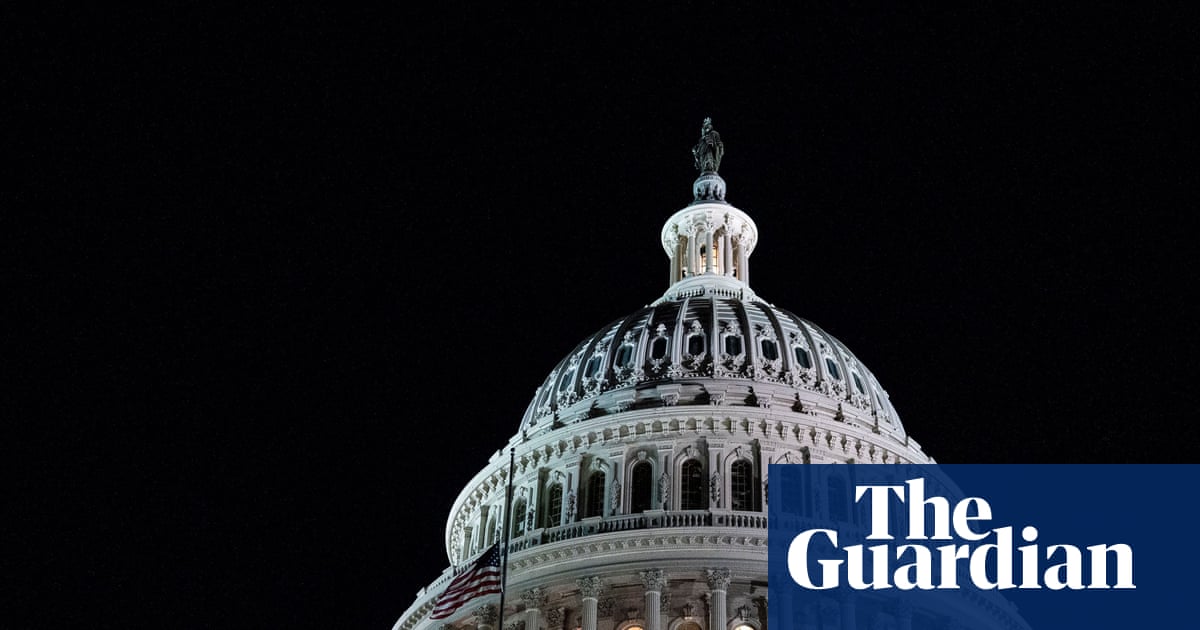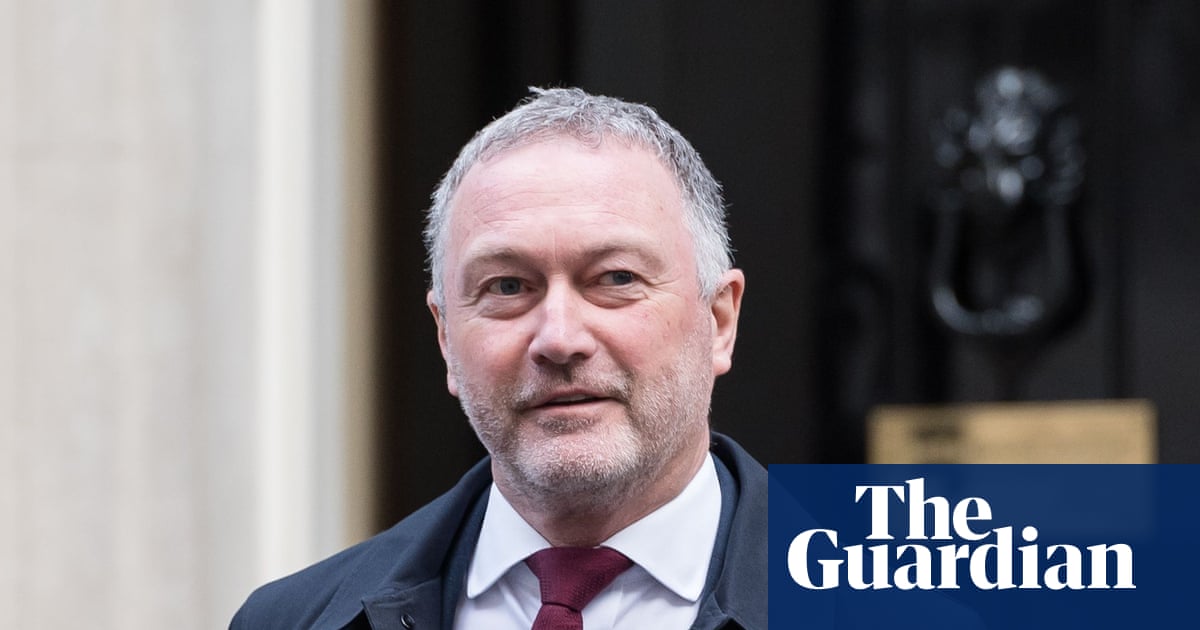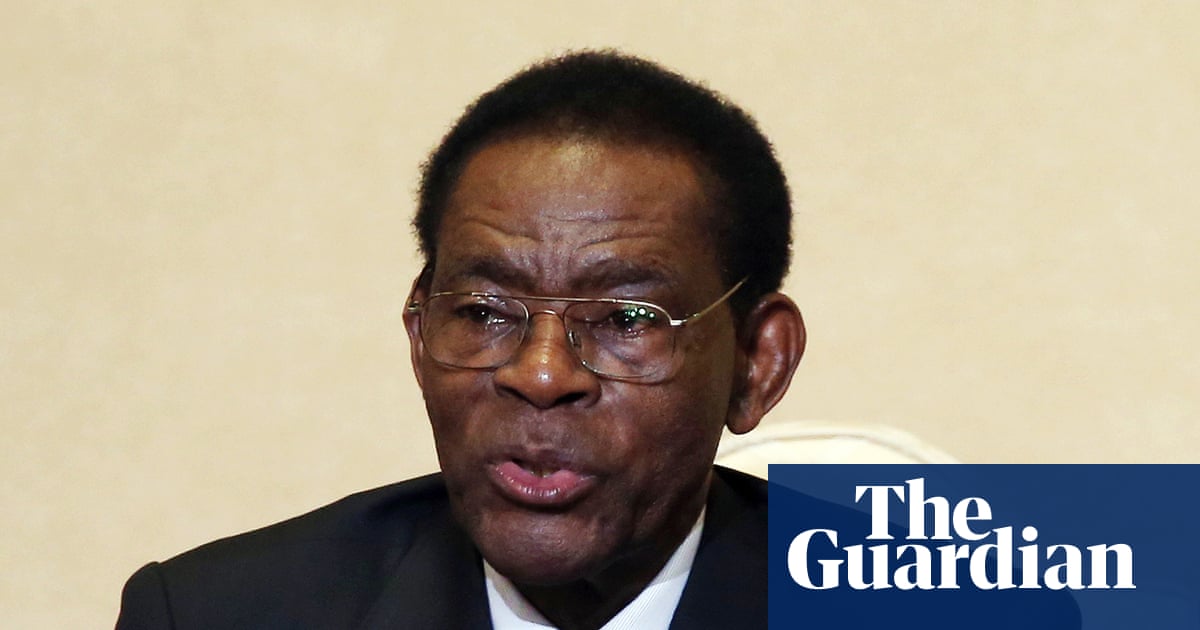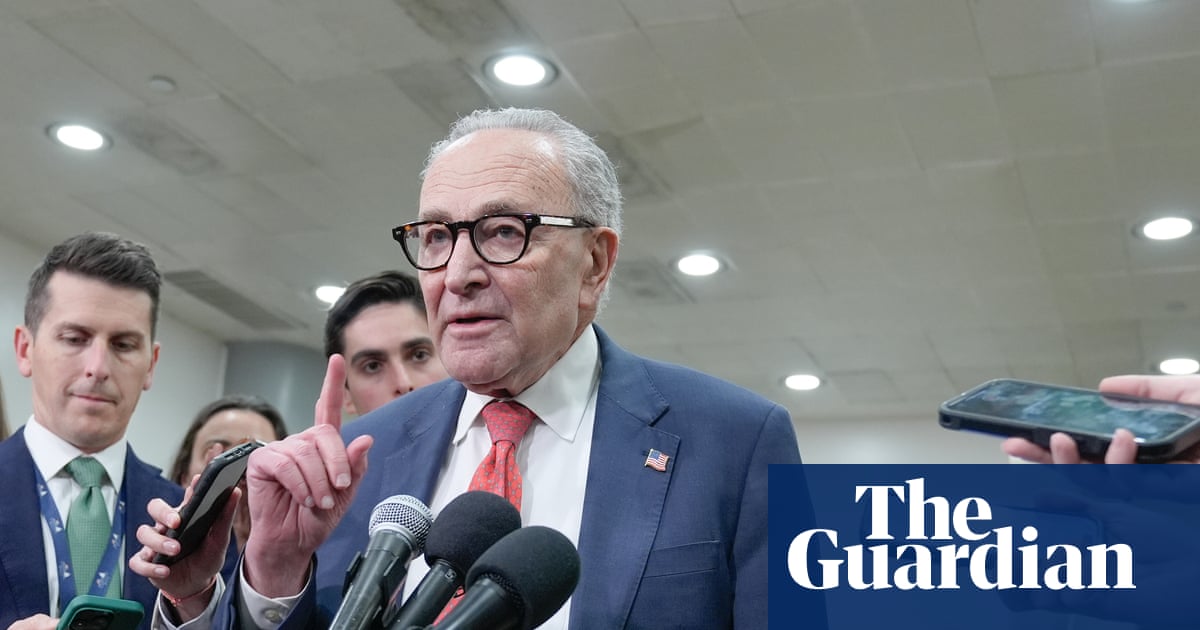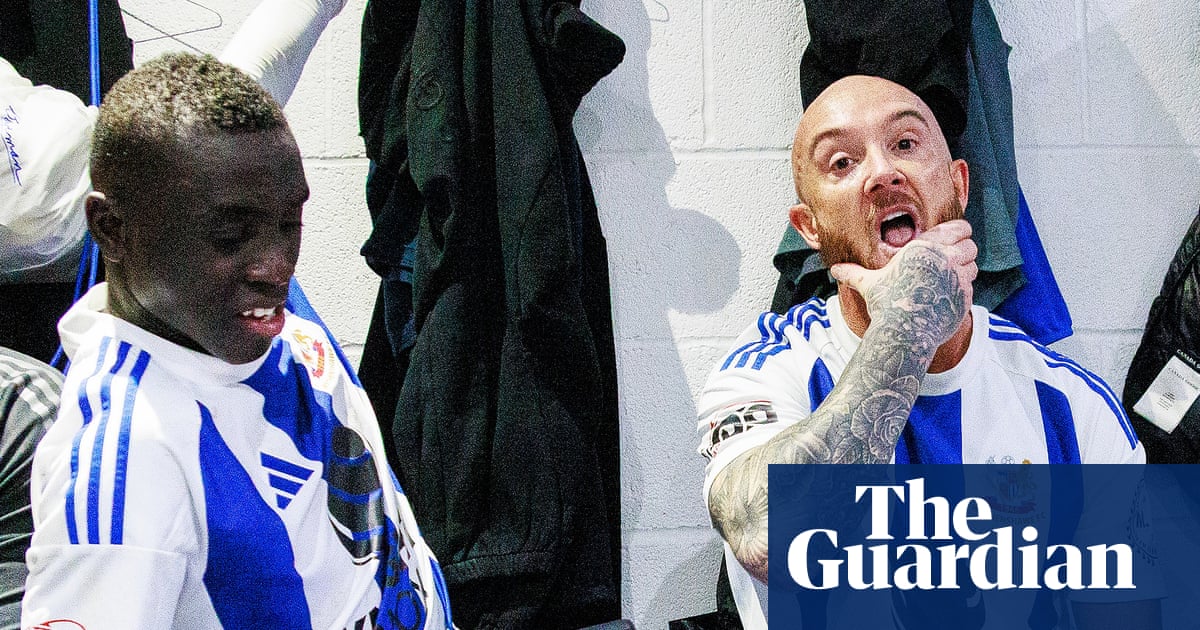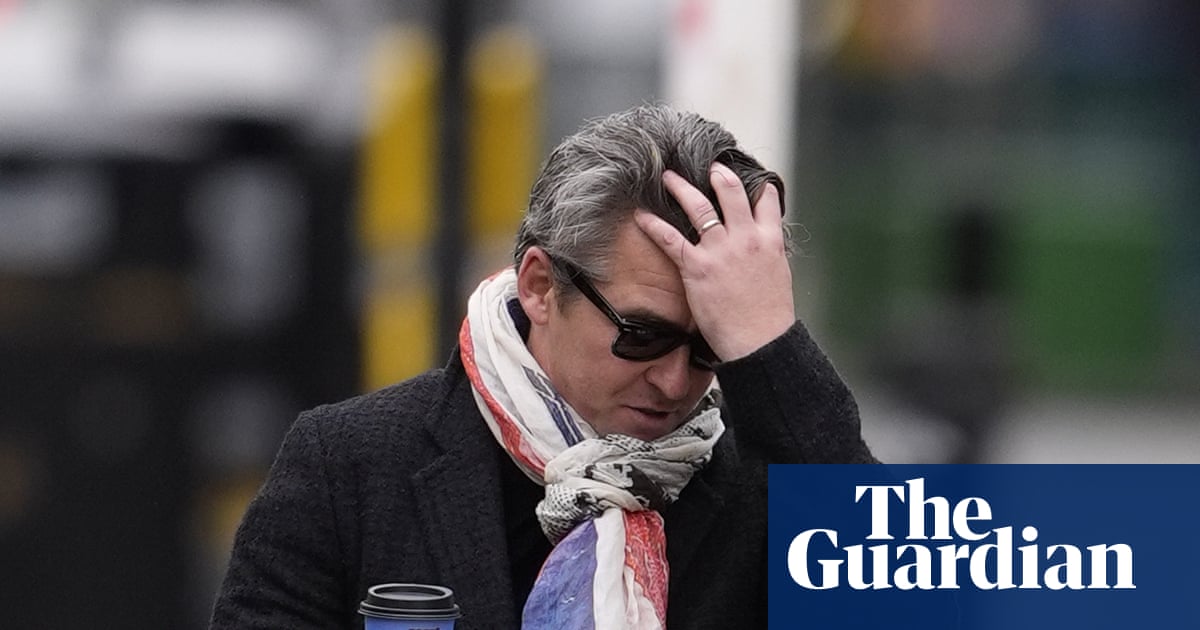A little over two years after one of the most bizarre and downright suspicious riding performances on a British racecourse in recent decades, the British Horseracing Authority’s independent disciplinary panel confirmed last week that Dylan Kitts had deliberately stopped Hillsin from winning a handicap hurdle at Worcester on 5 July 2023, in a conspiracy with John Higgins, an associate of Hillsin’s owner, to profit from “lay” bets on the gelding.
A few days earlier, meanwhile, a 42-year-old man from Bury was arrested by Greater Manchester Police, following an investigation by the Gambling Commission “in connection with allegations of fixing horse races”.
The fact that the two stories appeared within the space of five days is entirely coincidental, and while the Gambling Commission has the power to bring prosecutions for cheating at gambling, an offence with a maximum sentence of two years’ imprisonment, the individual arrested has not, as yet, been charged.
But as the British Horseracing Authority emphasised after the conclusion of the Hillsin case, “central to the success of British racing is the confidence among those participating, betting and watching our sport that what they are seeing unfold on the track is clean and fair … [and] those watching British racing should never have to question whether a horse is being run on its merits.”
So where should the betting public’s confidence level be right now? Is there any more reason to question whether a horse is running on its merits than there was this time last month, or last year?
The intimate association between racing and betting has inevitably meant that cheating and race-fixing have been perceived – and actual - threats to the sport’s integrity from its earliest days. Doping and favourite-nobbling, often on bookies’ orders, were rife in racing’s formative decades, and as recently as 1990, Dermot “Needleman” Browne’s 23-horse doping spree was a bruising assault on racing’s reputation.
The betting market is not always the motivation for cheating, as the Mahmood al-Zarooni doping scandal at Godolphin’s Moulton Paddocks stable in Newmarket in 2013 proved. But everyone knows that certainty that a horse, and a fancied horse in particular, is not going to win will forever have a value for criminals and cheats.
As a result, the BHA will always face the classic paradox of how to prove a negative whenever it reassures the betting public that British racing is clean and fair. And while its extensive dope-testing regime has turned up only a tiny handful of cases of deliberate doping, either to improve or impede performance, since the Al-Zarooni case a dozen years ago, there will never be an easy test to detect conspiracies between individuals such as the one involved in the Hillsin case.
What the Hillsin affair does demonstrate, however, is that conspiring to stop a horse is one thing, but getting away with it is another.
There was plenty of focus in the aftermath of last week’s finding against Kitts and Higgins on some of the more lurid details that emerged during the hearing. The fact that the Burnley striker, Ashley Barnes, is Higgins’s son-in-law, had been warned off by the BHA after refusing to assist with the investigation, was widely highlighted. So too was Kitts’s decision to have “Hillsin” tattooed on his backside while on holiday a few weeks later.
But while it took an age to get the case to a hearing, an important point to remember is that everything about Hillsin’s race at Worcester race had the strong whiff of a fix around it, from the gelding’s pre-race drift in the betting from 2-1 favourite overnight out to 11-1 at the off, to Kitts’s cringeworthy reluctance to even shake the reins as he sat motionless in a close third on the run to the line.
The fact that Kitts, who had only recently returned from a 14-day ban for lack of effort in a race in May, was banned from riding and racecourses by the BHA two days later also strongly suggested that this was not just a case of a young conditional getting a hold-up ride horribly wrong.
And so, eventually, it proved. Higgins told Kitts to stop the horse and the jockey agreed to do so, but while he achieved that primary aim, the manner in which he did so could hardly have been more embarrassingly obvious.
Greg Wood's Tuesday tips
ShowLingfield 1.45 Master Vintner 2.15 Dors Delight 2.45 Portacloy 3.15 Indian Spirit 3.45 Panelli 4.15 Notimeforchitchat 4.45 Rift Valley (nap) 5.15 Jackson Street 5.45 Adace
Beverley 2.08 Adiada 2.38 Kody B 3.08 Beerwah 3.38 Democracy Dilemma 4.08 One Night Thunder 4.38 Charming Fellow 5.10 Hibernate
Warwick 2.28 Gone In Sixty 2.58 John Barbour 3.28 Beau Quali 3.58 Belle Montrose 4.30 Sail Away 5.00 Deep Purple 5.35 My Gift To You
Southwell 4.25 Night Tara 4.55 Daizen 5.30 Luzon Heights (nb) 6.00 Celestias Comet 6.30 True Promise 7.00 American Bay 7.30 Star Of Mali 8.00 Road To Wembley 8.30 Aoife’s Thunder
Penalties in the Hillsin case have yet to be decided, but Kitts’s career was effectively over as soon as he crossed the line in third two years ago, while Higgins, who refused to engage with the disciplinary process, is highly unlikely to ever be allowed back onto a racecourse.
We can only wait and see what emerges from the Gambling Commission’s investigation into possible race-fixing. The Hillsin case, though, should serve as a lasting reminder to any rider facing the same choice as Kitts that it could be the last decision they make as a jockey.

 1 month ago
57
1 month ago
57

